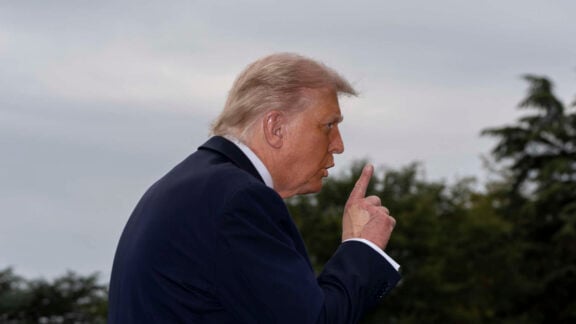The Australian Labor Party, the oldest political party in the land founded in 1892, will elect a new leader by 13 of October. The newly-elected leader will serve a party that formed the first labour movement government in the world in 1904, when Chilean-born Chris Watson, of German and New Zealand ancestry, became Prime Minister of this country for a period of four months.
Regardless of the outcome of the leadership ballot between Anthony Albanese and Bill Shorten, what both ALP leadership candidates managed to do so far, by addressing the membership of their party and the media, is to offer an alternative positive narrative to that of the newly-elected Abbott Coalition Government.
They did address issues such as the creation of a better health care and education system for all Australians; they did try to talk about job security and the need to have a welfare state; they did highlight the positive aspects of immigration and multiculturalism. They have also spoken publicly about the need to address climate change; about the need to have better representation of women and other societal groups within the party; and they raised the need to have a better funded superannuation scheme for an increasingly ageing population.
This alternative narrative, that includes “life and death issues” for the vast majority of the people in this country, has been heard in the inner world of the Labor movement and needs to be heard by the entire community constantly once the new leader is elected.
Thanks to Kevin Rudd’s rules for electing a new leader in the ALP, the aftermath of the election defeat has become a stepping stone for the re-launch of the party and its agenda, and not a backward-looking blame game for all. Paraphrasing the leader of the British Labour Party Ed Miliband, the empowerment of the membership of the ALP has made it possible for the emphasis to be on how to make Australia better by winning a race to the top and not a race to the bottom.
However, having said this, a critical reflection upon the mistakes of the last six Labor years in government that led to the abandonment of the party by almost one million voters since 2007 has to take place as well.
The new leader, once elected, will have a long, difficult, uphill and winding road to travel. How can labor rebuild a new progressive electoral and political majority that will enable it to win back power again?
Important strategic questions that need to be answered from the beginning by the new leadership team must include the way they are going to approach Labor voters who moved to the Australian Greens. If the decision is not to include a strategic alliance with the Greens now that their support is dwindling, then the new leadership needs to articulate clear policies that can bring back Labor voters. Policies and organizational initiatives are also needed if they are to attract the support of the almost 3 million Australians who did not register to vote, turn up to vote, or who cast an informal vote.
Also, if we accept the argument that the ALP’s core base of support is the people who voted for the party in the Senate elections – in other words, approximately 30 per cent of those who voted – then this support must be retained as well. Deaths and defections need to be addressed by bringing into Labor new supporters, especially the young. Making education, child care and home ownership affordable for young people and offering job opportunities and job training and re-training to more might bring in new supporters or bring back old supporters who moved to the Coalition.
If the new Labor leader is to have a fighting chance at the next election, all of the above strategies need to be adopted from day one of his leadership.
Advertisement
Electing a new ALP leader
Kostas Karamarkos reflects on the two Labor leadership contenders – Anthony Albanese and Bill Shorten.

Bill Shorten speaks at the second debate between Labor leadership contenders Bill Shorten and Anthony Albanese from Victorian Trades Hall Council, Melbourne. Friday, Sep. 27, 2013. Both members are campaigning to win over caucus and party members for the leadership which will be decided on the 10th of October.(AAP Image/David Crosling)







